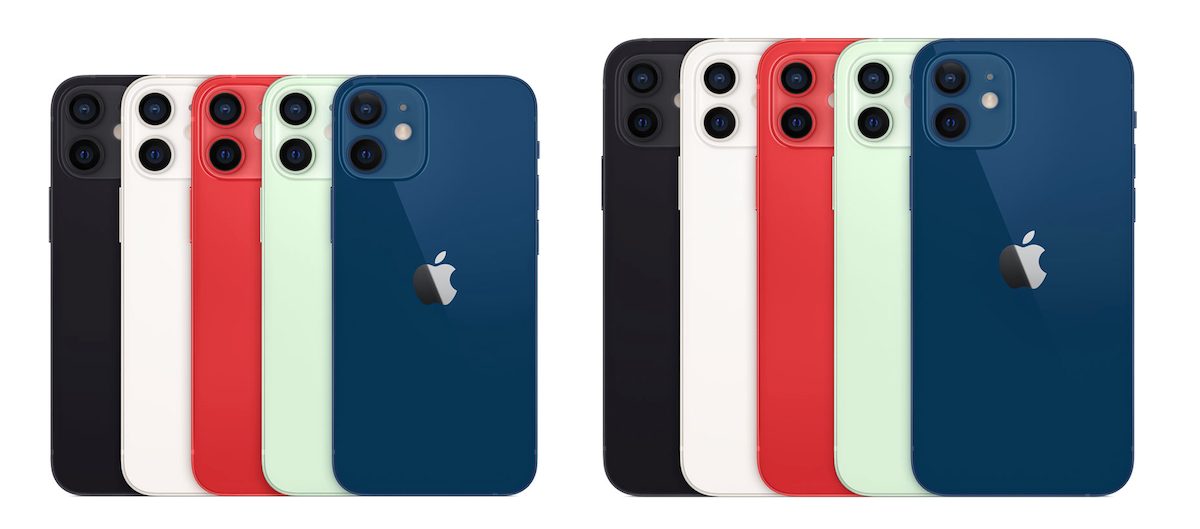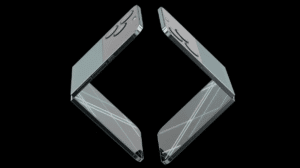The bill of materials analysis for a 128GB iPhone 12 reveals that it costs almost $415, which is more than 21% more than a 128GB iPhone 11. The cost increase is primarily due to OLED display, UWB chip, A14 Bionic chip, and 5G networking components.
As reported by Counterpoint Research, the majority of the cost increase comes from 5G components and OLED display, both of which were not part of iPhone 11:
Producing a 128GB iPhone 12 mmWave (millimeter-wave) smartphone will cost Apple up to $431, 26% higher compared to the iPhone 11, according to the latest bill of materials (BoM) analysis by Counterpoint’s component research practice. Despite over $27 cost savings due to the simplified RF design, the BoM cost of the sub-6GHz-only model for overseas markets still increased by 18%.
Assuming a 38% mmWave mix, the blended materials cost for the iPhone 12 with 128GB NAND flash is nearly $415, a 21% increase over its predecessor. Application processor, 5G baseband, display and 5G RF components represent the major areas of the cost increase.

iPhone 12 bill of material is around $415 because of 5G and OLED
Counterpoint Research also claims that Apple’s move to 5nm wafters for A14 Bionic chip also results in a cost increase of almost $17 per iPhone 12. Compared to the A13 chip, which was based on 7nm wafers, the new A14 is more expensive to produce.
With the addition of 5G, Apple is relying on Qualcomm to supply components for networking. Counterpoint notes that this makes Qualcomm the second-largest component supplier for iPhone 12, after Samsung. As with all new technologies, 5G networking components add sufficient cost to the overall bill of material.
Lastly, Apple has made OLED displays default on all iPhone 12 models, whereas, only iPhone 11 Pro models supported these displays. Apple is using the same high-quality OLED panels on all its iPhone 12 models, which amounts to a $23 cost increase on average.
Even though Apple is using more expensive components across iPhone 12 variants, it has not passed on the costs for all of them to consumers. Costs for high-end models like iPhone 12 Pro Max have remained unchanged, compared to their predecessors, despite the addition of LiDAR, 5G, camera improvements, improvements to base storage from 64GB to 128GB, and more.
Read more:




1 comment